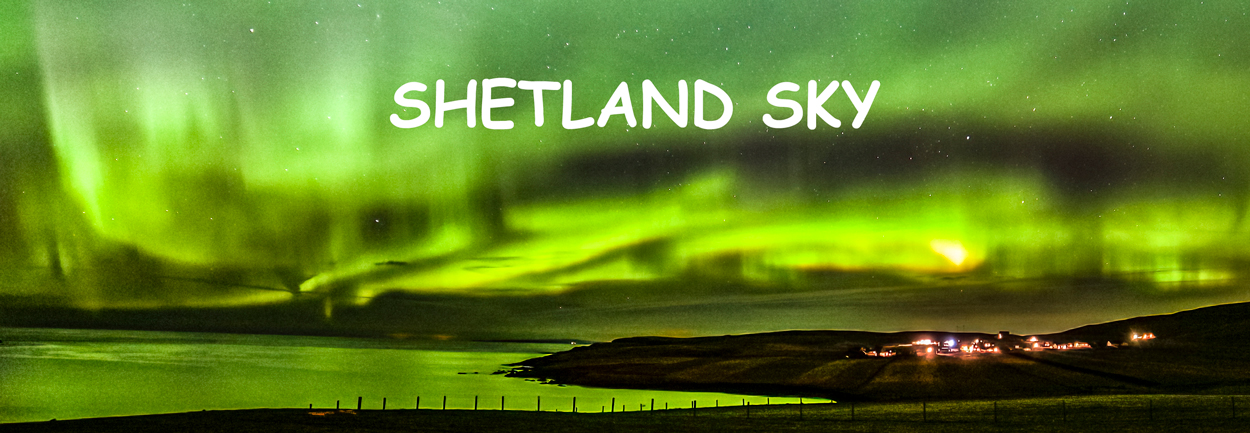Last Tuesday night a G1- class geomagnetic storm was in progress as Earth entered a stream of fast moving solar wind. With the fairly clear skies we headed over to Bigton around 10pm. Leaving Sandwick viewing was poor with thick cloud cover but cleared as we went west.
It was a surprise to find no one else about with a KP 4.5 +. The light show had already begun even though it had only just gone dark. The moon was about a 1/4 full and shinning brightly which lit up St Ninian's isle. The aurora began to grow brighter easily capture on the camera and also visible to the naked eye.
It grew in intensity with shafts of green then pink shooting into the sky. It also started to lengthen across the bay.
On Wednesday 13 April Earth moved deeper into the stream, combined with a minor CME form a big sunspot AR2539 creating a glancing blow to Earth's magnetic field. Unfortunately the weather turned out to be cloudy and windy, so nothing on this occasion. Same again the following night.
There is promise of further aurora activity tomorrow but with the moon nearly full it may prove a weak viewing evening. As far as I can tell it may be clear so worth a look





















































